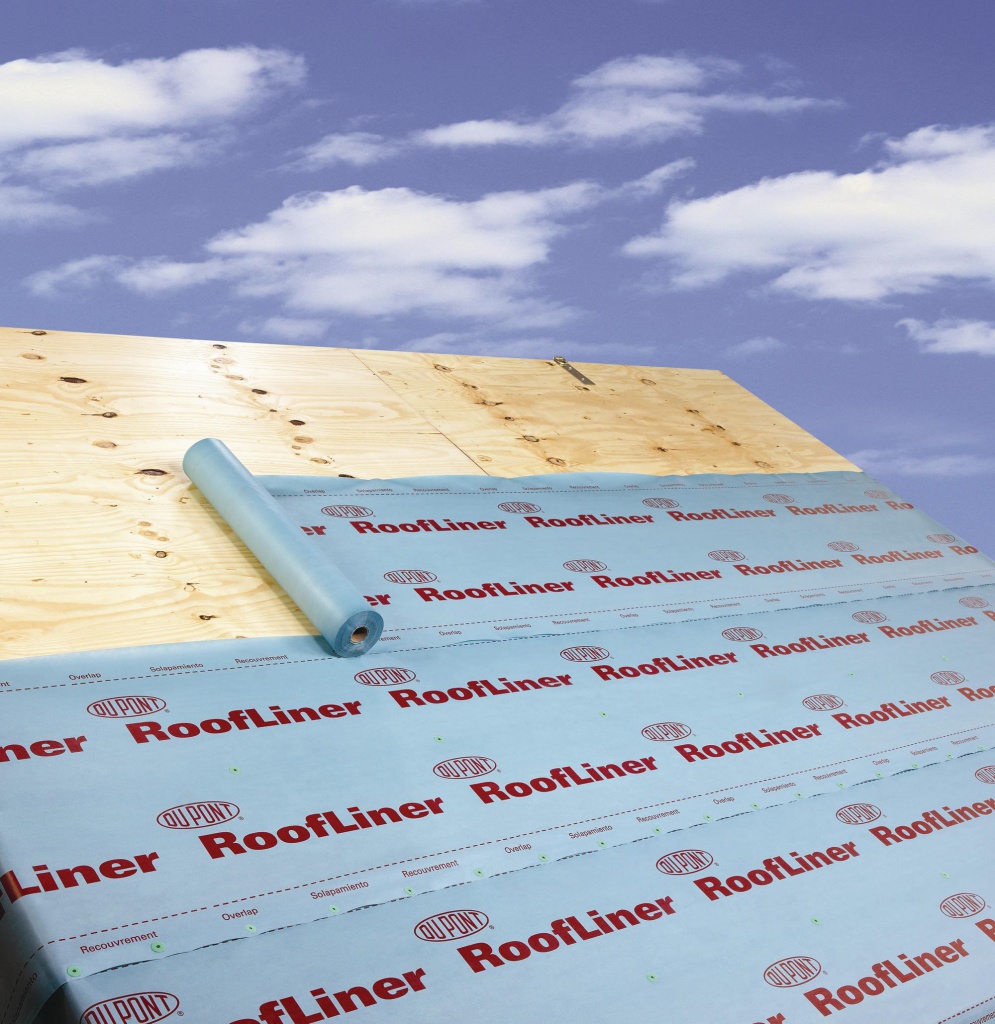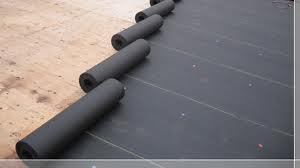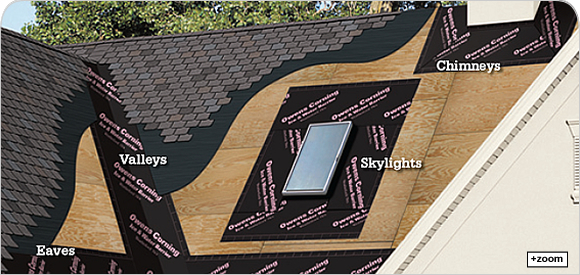Roofing underlayment is laid between the roofing shingles and the roof decking. This is done for Three reasons:
1
As a water barrier; preventing external water vapor or precipitation from percolating onto the roofing deck
2
Prevents parts of the shingles chemical mixture from leaking onto the roofing deck, causing expensive repairs
3
Acts as a secondary ambient barrier, reinforcing the purpose of heat and sound insulation
When laying your roofing underlayment, you may want to compare the differences and distinctions between Felt and synthetic underlayment. It is the subject of a lot of debate in the determination of efficiency, cost and durability.
Synthetic
These are artificially manufactured materials from polypropylene, fiberglass, polyethylene and polyester. They are light materials that are placed under the roofing shingles, offering a lighter, water and radiation resistant barrier for the roof deck. The materials make for a more efficient water barrier without the factoring of mass, meaning that the sheets are significantly thinner and lighter compared to felt paper roofing underlayment

Felt
This is essentially made from asphalt saturated paper that is used to increase the density of the underlayment, and increase the water resistance property with increasing weight. It is usually packed in 15 to 30lbs blocks, with 30lbs with the greatest water resistant property. They are however quite heavy, and challenging to install.

Solar Underlayment
Synthetic roofing underlayment that acts as an energy saving radiant barrier when properly installed. SOLARHIDE can significantly increase energy savings and overall energy efficiency of the structure by reducing radiant heat transfer. The unique design of SOLARHIDE allows it to reflect up to 97% of the radiant heat it encounters. SOLARHIDE performs as an efficient radiant barrier when installed with the metallic surface facing an air space on a roof system that has adequate ventilation.

Ice & Water Shield
Used under standard type roofing and conventional asphalt shingle, ice and water shield will effectively resist water penetration. Areas around vents, chimneys, skylights and valleys are also protected from water intrusion. Anywhere water tends to collect and flow can be kept safe from damage by using an ice and water shield product.

